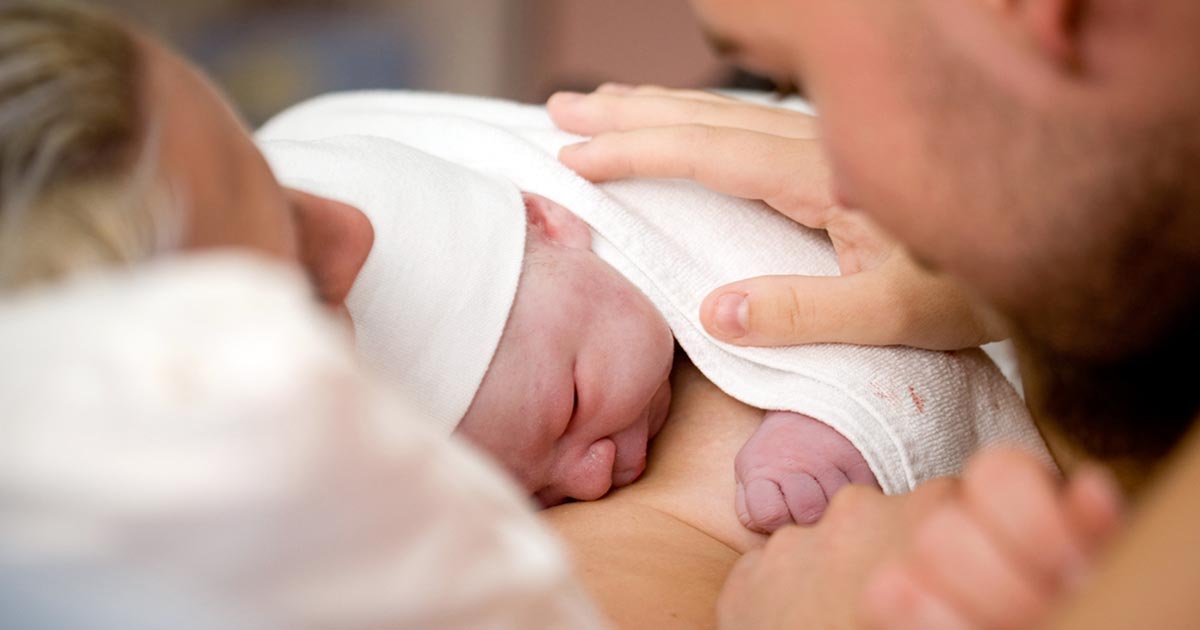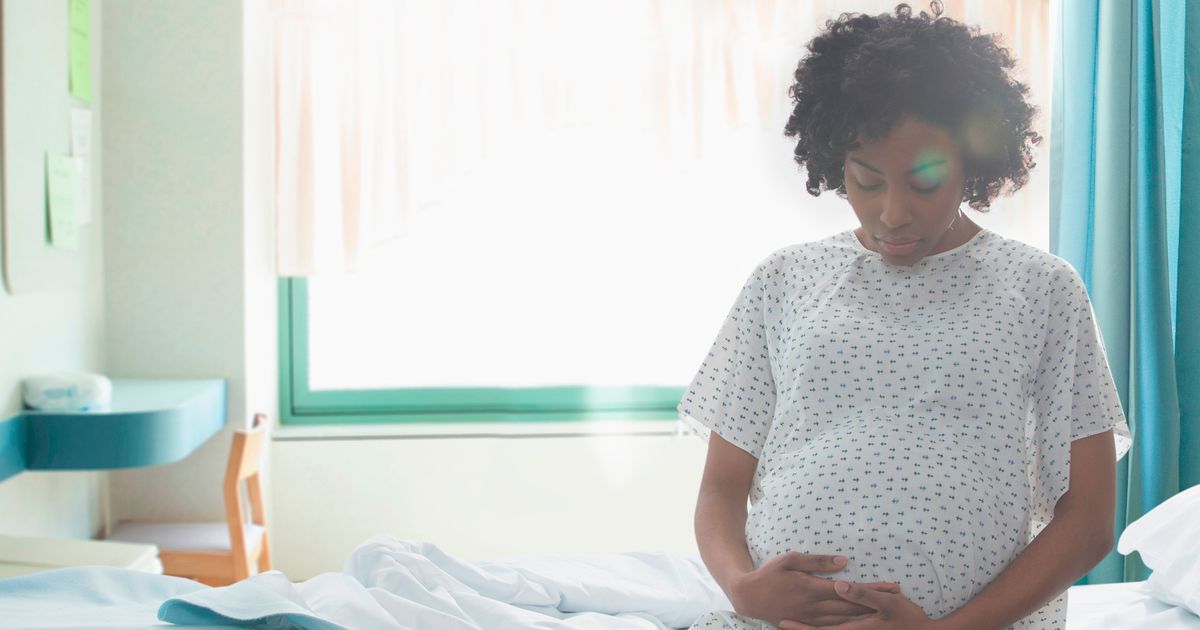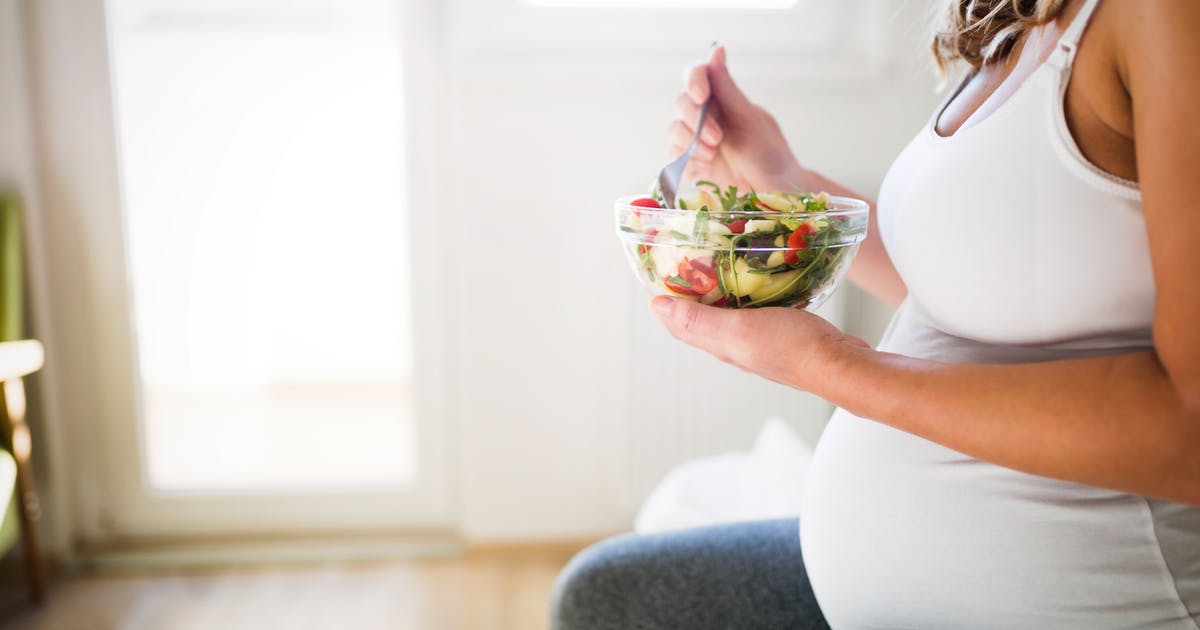Treatments For Preeclampsia
Preeclampsia is a dangerous pregnancy complication involving elevated blood pressure and increased strain on the kidneys and liver. In extreme cases, it can progress to eclampsia or HELLP syndrome, which may be fatal to mother and baby. Worldwide, preeclampsia and related conditions may cause as many as seventy-six maternal and 500 thousand infant fatalities per year.
Preeclampsia usually begins after twenty weeks in expecting mothers who previously had normal blood pressure. Often preeclampsia does not show any symptoms. When symptoms are observed, they include protein in the urine, changes in vision, shortness of breath, and severe headaches. It is imperative for all pregnant women to have their blood pressure monitored regularly, and that women at risk for preeclampsia have treatment plans ready. Here are known treatments for preeclampsia.
Delivery

In nearly all mothers with preeclampsia, the condition goes away upon delivery of the baby and the placenta. For this reason, sometimes delivery will be induced early, before thirty-seven weeks, or a Caesarian section will be performed. In all cases, the doctor weighs the benefits to the baby against the risks of continuing the pregnancy. Most women with mild preeclampsia can safely go to full term with the aid of other treatments on this list, but physicians need to carefully monitor the mother’s as well as the baby's health either way. When preeclampsia does not immediately resolve after the birth, the mother may need further treatment.
Get to know the next treatment option for preeclampsia patients.
Bed Rest And Stress Relief

Pregnancy can be stressful for any expectant mother, especially when dealing with a serious complication like preeclampsia. One of the best ways to lower blood pressure naturally is to reduce the stress in the mother’s life. Sometimes physicians will prescribe bed rest, ranging from modified bed rest, where the mother can get up and perform self-care tasks like cooking and taking showers, to full hospital bed rest where she cannot get up at all. When resting, mothers with preeclampsia should always rest on their left sides to promote blood circulation to the uterus. Mothers on bed rest need extra support and care from their partners, and care for other children in the household must be arranged. When some of the stress of pregnancy is relieved, the expectant mother's blood pressure will be positively affected. Bed rest and stress relief are important ways to deal with preeclampsia.
Learn more about treating preeclampsia now.
Hospitalization

In severe cases, or when at-home bed rest has not been sufficient to control the mother’s blood pressure, an expectant mother may be hospitalized to receive treatment for preeclampsia. This allows for twenty-four-hour monitoring of her vital signs and those of the unborn baby. Hospitalization may continue for days or weeks, or the mother may be kept in the hospital until it is safe for her to deliver. In the hospital, mothers are encouraged to rest on their left side just as they would at home. Being in the hospital takes a mother away from the stress of home and work. When there are other children at home, it can cause further stress as the mother worries about the care of her children, but the benefits of a hospital stay often outweigh these concerns.
Keep reading to reveal more treatment options for an expectant mother with preeclampsia.
Changes In Diet

Changes in diet are a natural way to help with preeclampsia symptoms. Mothers with preeclampsia need to be careful with their diets, as high blood pressure can be exacerbated with a diet high in added salt. Thus, added salt should be cut from the diet whenever possible, and low sodium alternatives should be used wherever possible. The mother should eat a healthy, well-balanced diet with an added amount of protein, as this helps combat the protein loss from the kidney problems caused by preeclampsia. Pregnant mothers who eat a healthier diet with less salt show fewer signs of bloating and have lower blood pressure.
